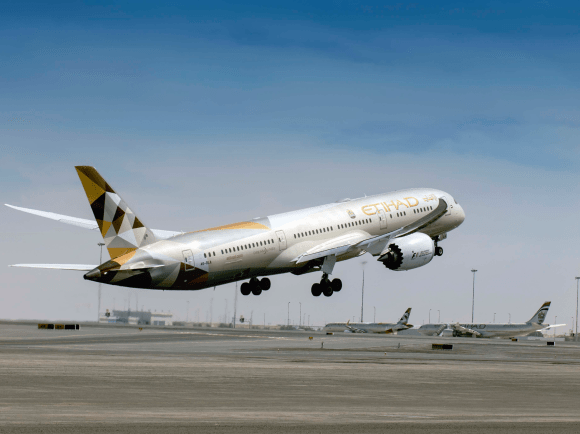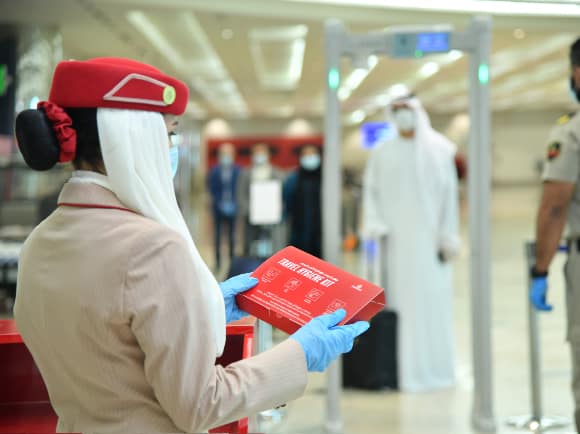Dubai, Abu Dhabi Reopen for Transits
 Emirates and Etihad Airways will add more flights after the United Arab Emirates government lifted a ban on transits through airports in Dubai and Abu Dhabi. The UAE transit ban, which had been in force since 23 March 2020, was finally lifted last Wednesday night.
Emirates and Etihad Airways will add more flights after the United Arab Emirates government lifted a ban on transits through airports in Dubai and Abu Dhabi. The UAE transit ban, which had been in force since 23 March 2020, was finally lifted last Wednesday night.
The lifting of the UAE transit ban allows travellers to pass through Dubai or Abu Dhabi on Emirates or Etihad Airways flights, as well as with other airlines, en-route to another destination. But foreign citizens are still banned from entering the United Arab Emirates, except for residents who require government approval.
The majority of Emirates and Etihad Airways passengers are typically transiting via the United Arab Emirates (rather than “O&D traffic”). The resumption of transits through Dubai and Abu Dhabi allows both airlines to economically increase flights to/from Australia as they can now offer connectivity to/from other countries that the airlines serve, particularly in Europe.
Emirates will now operate the following flights between Dubai and Australia:
- Brisbane-Dubai: 1x weekly (from 18 June 2020)
- Melbourne-Dubai: 3x weekly (no change since 21 May 2020)
- Perth-Dubai: 1x weekly (from 17 June 2020)
- Sydney-Dubai: 3x weekly (no change since 21 May 2020)
Flights between Adelaide and Dubai are not currently scheduled to resume until September, although further changes are likely. There is a full list of current destinations on the Emirates website.
Etihad will now operate these routes between Abu Dhabi and Australia:
- Melbourne-Abu Dhabi: 5x weekly
- Sydney-Abu Dhabi: 2x weekly
Etihad is now offering connections via Abu Dhabi to 11 destinations in Europe including London, Frankfurt, Milan, Zurich, Paris, Dublin and Barcelona. See the chart on the Etihad website for a full list of frequencies.
Last month, Etihad began operating one flight per week between Melbourne and London. But passengers were not allowed to leave the aircraft during a refuelling stop & crew change in Abu Dhabi.
Although only citizens and permanent residents are currently allowed to enter Australia, and Australians are still banned from leaving the country without an exemption, there is still limited demand from essential travellers and for repatriation. These flights are also likely to carry large amounts of cargo.
Also keep in mind that the number of international flights operating to/from Australia at present is very substantially lower than normal. Before COVID-19, Emirates would typically operate 147 flights per week to/from Australia. It’s now just 8 flights per week – with all of those on Boeing 777-300ERs, as Emirates’ entire A380 fleet remains grounded.
If you are travelling during the coming months, don’t expect the experience to be like it was before COVID-19. Etihad’s Abu Dhabi lounges are currently closed, as are the Emirates lounges in Dubai. Meanwhile, Emirates is providing “travel hygiene kits” which include face masks to all passengers and Etihad has introduced Wellness Ambassadors.

Qatar Airways, the other major Middle Eastern carrier, has continued operating throughout the COVID-19 shutdown leaving it as the last airline standing in many markets. Although Qatar has temporarily closed its border to foreign tourists, Doha’s Hamad International Airport never stopped allowing transit passengers.
Singapore and Hong Kong also reopened to transit passengers last week, allowing Singapore Airlines and Cathay Pacific to resume limited flights.


